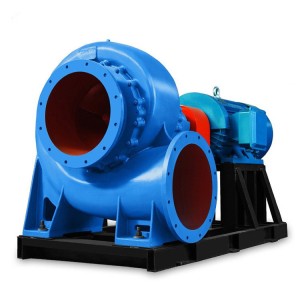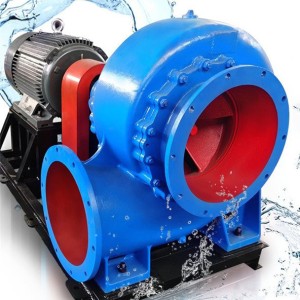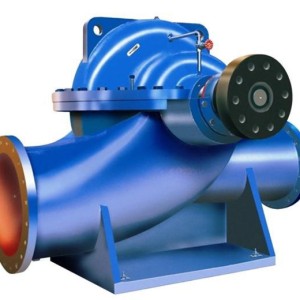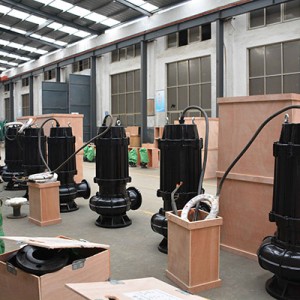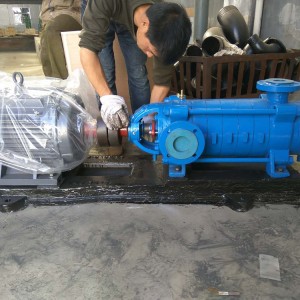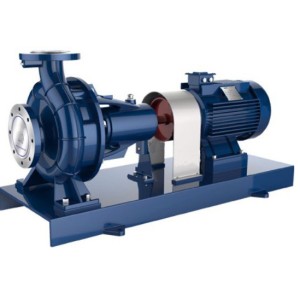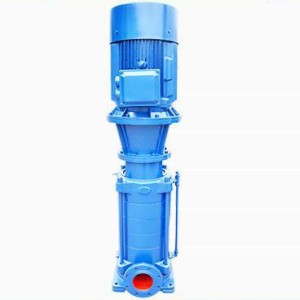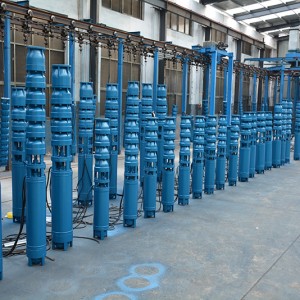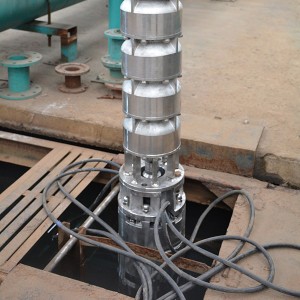There are many cases of damage to mechanical seals, and the common forms of damage mainly include corrosion damage, thermal damage and mechanical damage. Among them, corrosion damage is more harmful. Due to the special structure of the mechanical seal and the different working environment and conditions, the forms of corrosion damage are also diverse.
Corrosion of mechanical seal
1. Metal ring corrosion
First, the surface is uniformly corroded. If the surface of the metal ring contacts the corrosive medium, and the metal itself is not resistant to corrosion, surface corrosion will occur. The phenomenon is leakage, early wear, damage, and noise. Uniform corrosion of metal surfaces has two forms: film formation and no film. Metal corrosion without film is very dangerous. The corrosion process proceeds at a certain speed, which is mainly caused by the wrong material selection. Corrosion of film formation, the passivation film usually has the characteristics of protection, but the passivation film on the surface of the metal seal ring material, such as stainless steel, cobalt, chromium alloy, etc., is damaged by end friction, and it is new under the condition of lack of oxygen. The film is difficult to form, which intensifies galvanic corrosion.
Second, stress corrosion cracking. Under the simultaneous action of corrosion and tensile stress, the metal first produces cracks in the weak area, and then develops in depth, resulting in cracks called stress corrosion cracking. The use of surfacing cemented carbide and sealing rings such as cast iron, tungsten carbide, titanium carbide, etc., Prone to stress corrosion cracking. The seal ring cracks are generally radially divergent, and can be one or more. These cracks communicated the entire sealing end face, accelerated the wear of the end face, and increased the leakage.
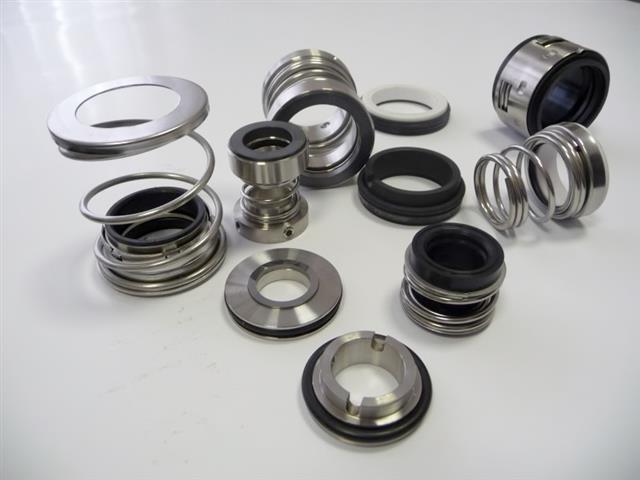
2. Non-metallic ring corrosion
First, the graphite ring corrodes. The impermeable graphite ring impregnated with resin has three reasons for its corrosion: one is that when the end surface is overheated and the temperature is greater than 180oC, the impregnated resin will fold away from the graphite ring, which will reduce the wear resistance of the ring; second, if the impregnated resin Inappropriate selection will cause chemical changes in the medium, which will also reduce the wear resistance; third, the resin impregnation depth is not enough. When the impregnated layer is worn away, the wear resistance will decrease. Therefore, it is very necessary to establish a sealed cooling system, choose corrosion-resistant impregnating resin, and use high-pressure impregnation to increase the impregnation depth.
Second, the oxidation of graphite rings. In an oxidizing medium, when the end face is dry rubbed or poorly cooled, a temperature of 350-40o ℃ can cause the graphite ring to react with oxygen, produce CO and gas, and make the end face rough or even cracked. Non-metallic rings will also break under the simultaneous action of chemical media and stress.
Third, the corrosion of the PTFE (F4) seal ring. F4 is filled with glass fiber, graphite powder, metal powder, etc. to improve its temperature resistance and wear resistance. The corrosion of the filled F4 ring mainly refers to the selective corrosion, dissolution or deterioration of the filling. For example, in hydrofluoric acid, glass fiber molecules are thermally corroded, so what to fill depends on the specific situation.
Post time: 2021-12-02


